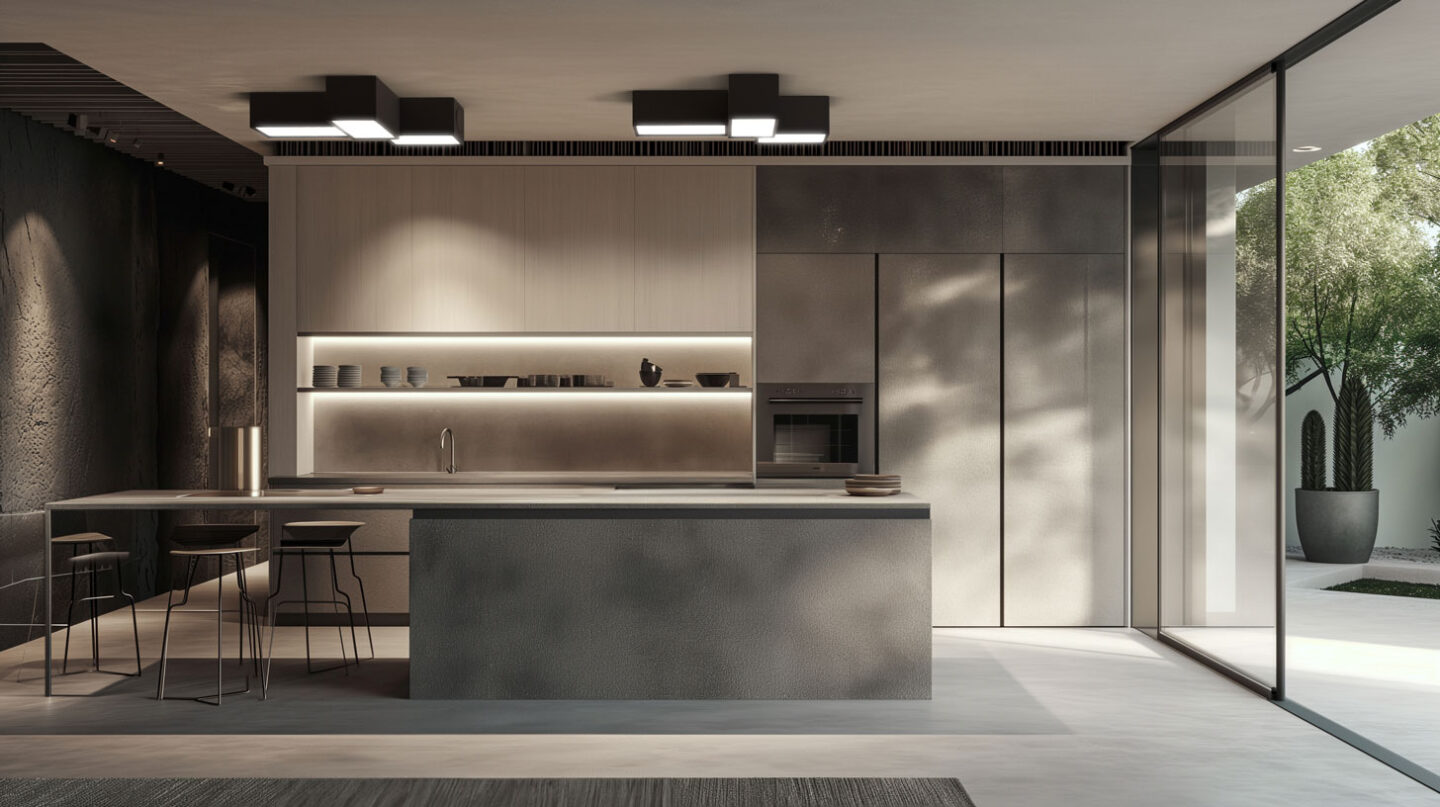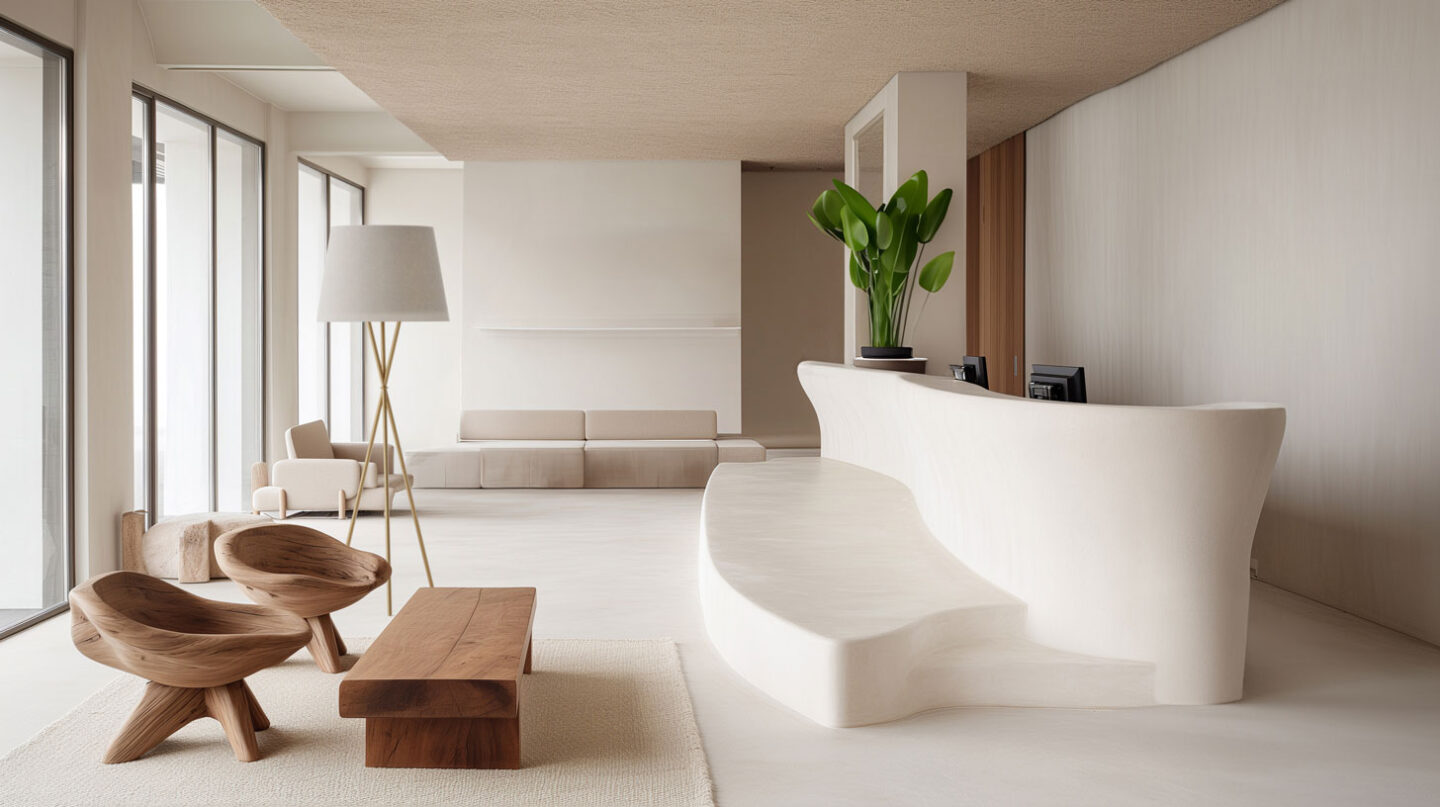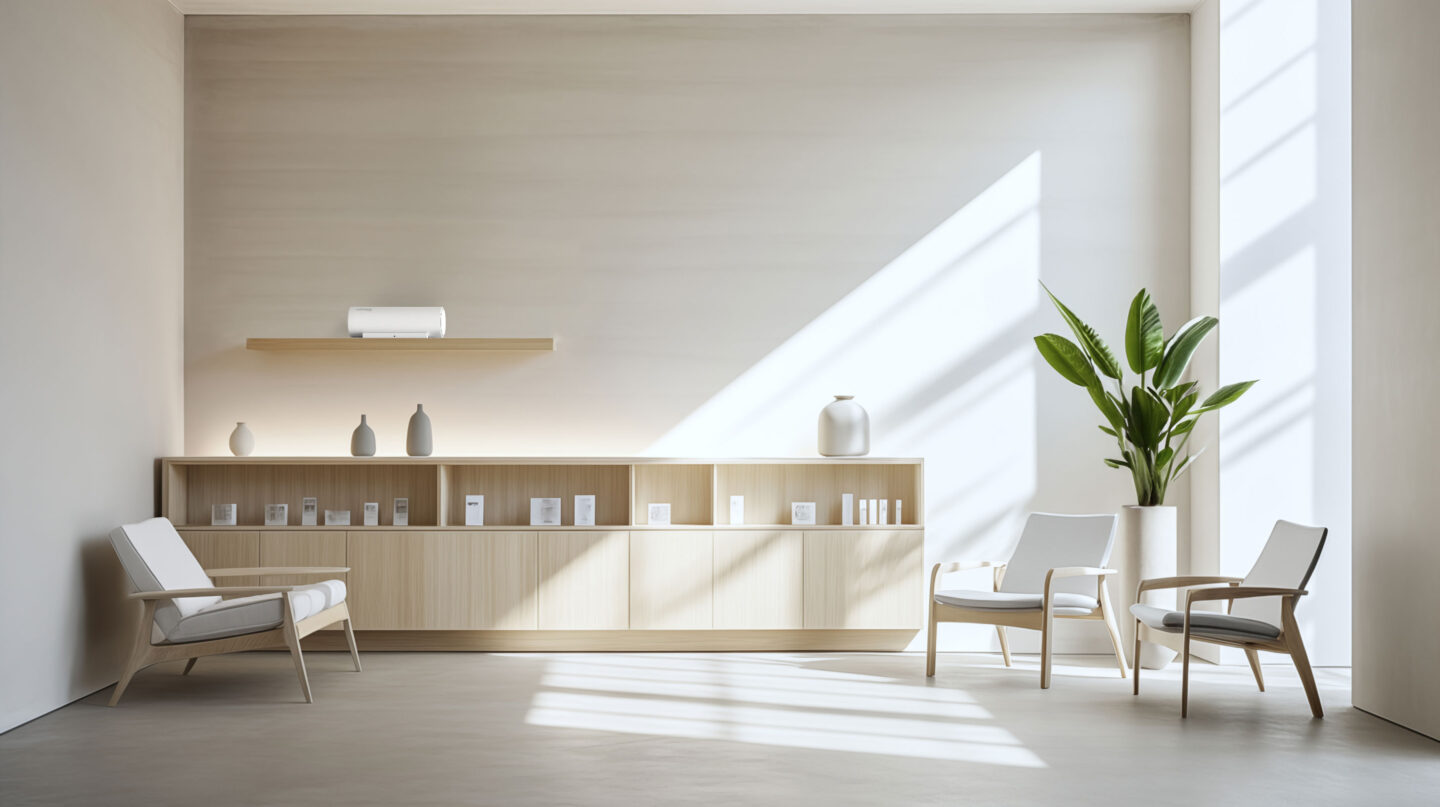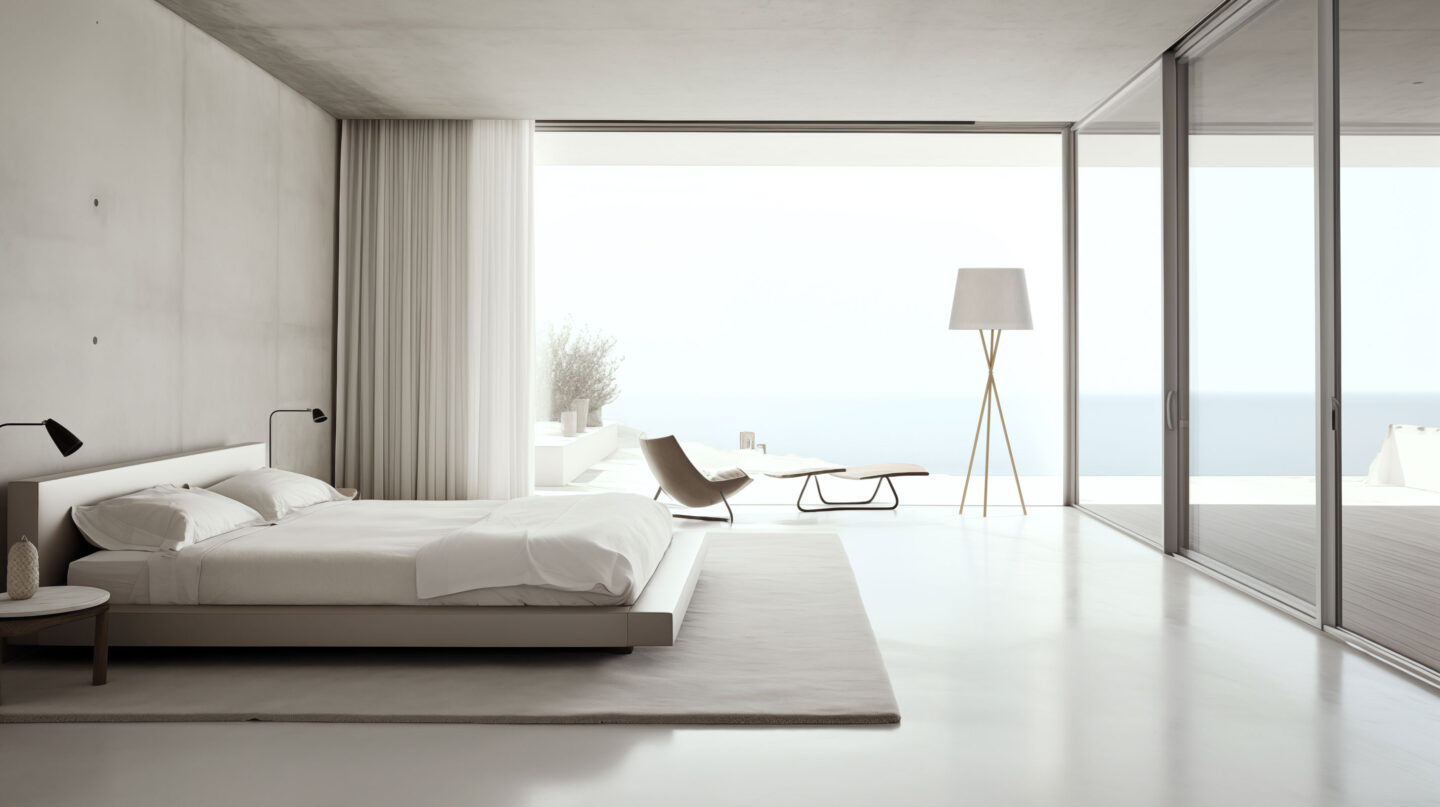AC II Smart Standard
Luftreiniger

In einer komplexen Welt schaffen wir Momente zum Aufatmen. Die OZONOS® Luftreiniger arbeiten mit einer innovativen und patentierten UV-C-Technologie, inspiriert von einem natürlichen Reinigungsprozess. Damit beginnt eine neue Ära ohne Gerüche, ohne Viren, ohne Bakterien und ohne Allergene. Für saubere, frische Luft wie in der Natur.




In der STANDARD Ausführung ermöglichen die OZONOS® Luftreiniger im Dauerbetrieb 24/7 frische Luft.
Bis zu 90 % der Allergene aus Pollen und Hausstaub werden aus dem Wohn- oder Schlafraum entfernt.
Das schlichte, minimalistische Design fügt sich in jeden Wohnraum ein. Die Stehlampe HAILEY wurde dafür mit dem Red Dot Design Award ausgezeichnet.
Der OZONOS® AC II Smart ist via App auch von der Ferne programmierbar. Fixe Betriebszeiten und automatisches Abschalten inklusive.
Die Inbetriebnahme und Steuerung erfolgt einfach und intuitiv, indem der OZONOS® AC II Smart direkt ins WLAN eingebunden wird.
Für den Einsatz im professionellen Bereich ist eine Aufrüstung zu PRO möglich, um eine höhere Performance zu erreichen, wenn diese gebraucht wird.
Nein, denn die OZONOS® Produkte kommen ganz ohne Filter aus und sind daher völlig wartungsfrei.
Der OZONOS® Aircleaner sollte so weit oben wie möglich platziert werden, um die durch die Thermik aufsteigende Luft effektiv reinigen zu können.
Er kann dazu auch mithilfe einer Wandhalterung befestigt werden, um Platz zu sparen und den Raum optimal zu nutzen. Für eine optimale Wirkungsweise empfehlen wir eine Höhe von ca. 2 m.
OZONOS® Standard:
Bis 25 m² sind die OZONOS® Standard Ausführungen der jeweiligen Modelle ausreichend.
OZONOS® Pro:
Ab 20 m² bis 40 m² Raumgröße wird jeweils die Pro Ausführung empfohlen.
Ab 40 m² werden zwei Geräte empfohlen.
OZONOS® beseitigt rückstandslos Gerüche, Aerosolfette, Viren, Bakterien, Schimmelpilzsporen und Allergene. Er neutralisiert zudem Rauch, Müllgerüche, Haustiergeruch, sowie unangenehme Gerüche wie Schweiß und Farbdämpfe. Auch bei Ausdünstungen von Möbeln und Teppichen sowie Lösungsmittelgerüchen ist der OZONOS® wirkungsvoll im Einsatz.